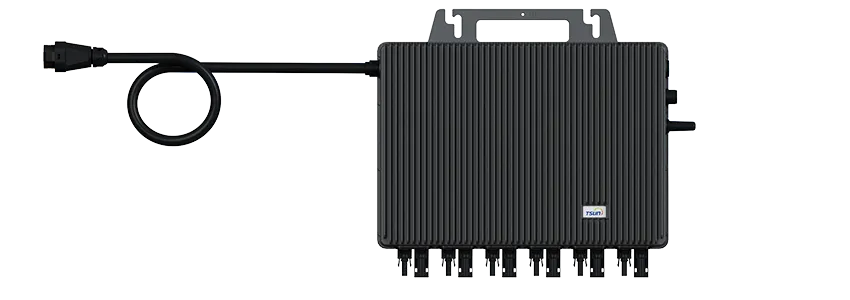Solar microinverters have revolutionized the way homeowners and businesses approach solar energy installations. Unlike traditional string inverters, microinverters are installed on each solar panel, allowing for optimal energy conversion and increased system efficiency. However, understanding the costs associated with microinverters can be complex due to the various factors influencing prices. This article provides insight into the costs of solar microinverters, drawing from real-world experiences, expert analyses, and authoritative sources to foster trust among potential buyers.

Over recent years,
the cost and technology of solar microinverters have evolved significantly. Initially, the price point of microinverters was a deterrent for many potential buyers. However, as materials and manufacturing processes have improved, costs have become more competitive. From real-world installations, we can see that microinverters may add approximately 5-10% to the total cost of a solar system compared to traditional inverters. While this might seem high at first glance, the long-term benefits often outweigh the initial expense.
One of the significant advantages of using microinverters is their ability to maximize each panel’s output. For example, in partially shaded environments, a microinverter ensures that only the affected panel decreases in output, unlike string inverters which reduce the output of the entire string of panels. This feature proves to be especially beneficial in residential installations where shading from trees or other structures can be inconsistent throughout the day. Studies have shown that systems using microinverters can generate up to 10-20% more energy than those using string inverters under certain conditions.

Expertise within the solar industry also highlights the reduced maintenance and increased lifespan of microinverters as cost-saving factors. Most microinverters come with extended warranties ranging from 20 to 25 years, compared to the 10-15 year warranties typical of string inverters. This extended warranty duration reflects the robust design and reliability of microinverters, resulting in fewer replacements and service calls over the lifespan of the solar installation. Furthermore, because of their distributed nature, diagnosing and servicing microinverter-related issues becomes easier and less costly.
solar microinverter cost
Authoritative insights also point out the scalability offered by microinverters, which can be a compelling factor for expanding systems. For those considering future growth, adding more panels with microinverters is straightforward, often requiring just the new panels and microinverters themselves without necessitating major overhauls or changes to the existing setup. This flexibility is a crucial advantage for homeowners or businesses anticipating expansion as energy needs increase.
On the topic of financial incentives, many governmental and local initiatives recognize the benefits of microinverters' efficiency and reliability, sometimes offering specific rebates or financing options that can offset the initial higher costs. Prospective buyers should explore available grants, tax credits, or other incentives which might be applicable to microinverter-based systems in their region.
Trustworthiness in solar energy solutions often comes down to the long-term reliability and performance of the system. Real customer experiences and reviews frequently cite microinverters' performance during unexpected outages or adverse weather conditions as a significant positive. Unlike centralized systems, the failure of a single microinverter does not compromise the entire system. This resilience not only ensures a more consistent energy output but also provides peace of mind to the user, further justifying the initial investment in microinverter technology.
In conclusion, while the upfront costs of solar microinverters might seem higher when compared to traditional systems, the benefits in terms of efficiency, reliability, and scalability make them a worthy consideration for many solar energy consumers. By leveraging insights from both real-world applications and expert recommendations, potential buyers can evaluate whether solar microinverters align with their energy goals and long-term financial plans. When supported by authoritative information and incentive programs, investing in microinverters can prove to be an economically and environmentally sound decision that enhances the security and efficiency of solar energy installations.
 LEARN DETAILS
LEARN DETAILS
 News
News



